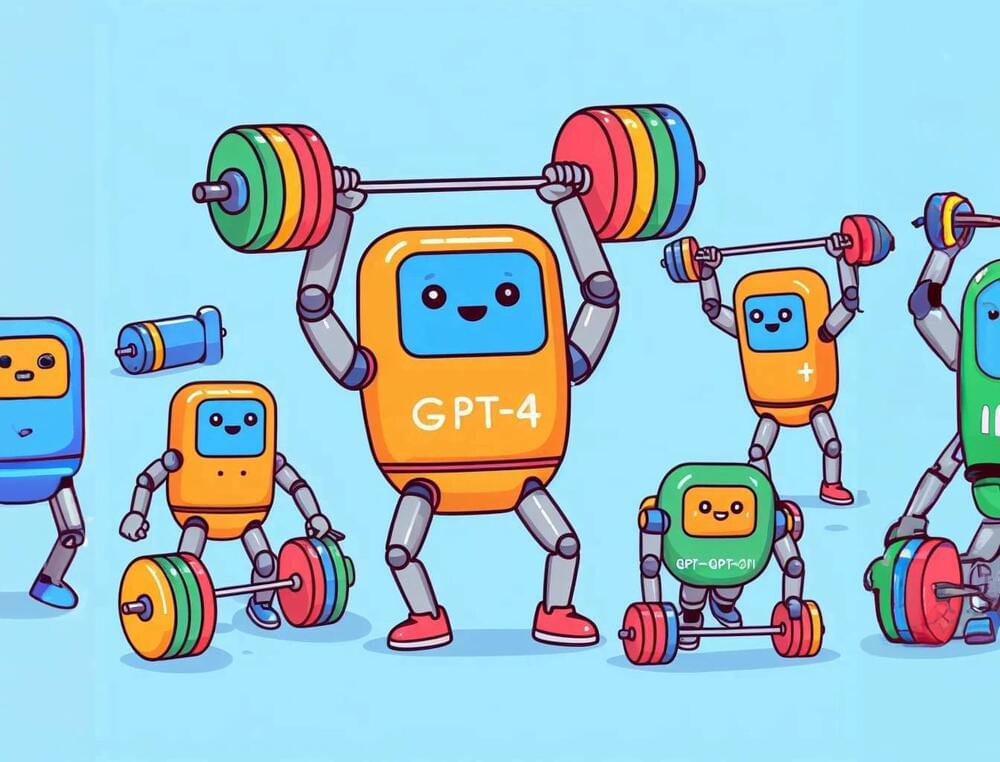It’s been a busy week for IonQ, the quantum computing start-up focused on developing trapped-ion-based systems. At the Quantum World Congress today, the company announced two new systems (Forte Enterprise and Tempo) intended to be rack-mountable and deployable in a traditional data center. Yesterday, speaking at Tabor Communications (HPCwire parent organization) HPC and AI on Wall Street conference, the company made a strong pitch for reaching quantum advantage in 2–3 years, using the new systems.
If you’ve been following quantum computing, you probably know that deploying quantum computers in the datacenter is a rare occurrence. Access to the vast majority NISQ era computers has been through web portals. The latest announcement from IonQ, along with somewhat similar announcement from neutral atom specialist QuEra in August, and increased IBM efforts (Cleveland Clinic and PINQ2) to selectively place on-premise quantum systems suggest change is coming to the market.
IonQ’s two rack-mounted solutions are designed for businesses and governments wanting to integrate quantum capabilities within their existing infrastructure. “Businesses will be able to harness the power of quantum directly from their own data centers, making the technology significantly more accessible and easy to apply to key workflows and business processes,” reported the company. IonQ is calling the new systems enterprise-grade. (see the official announcement.)









